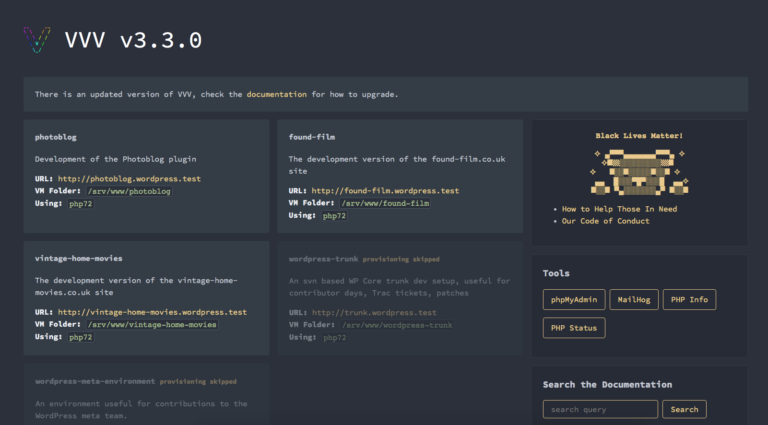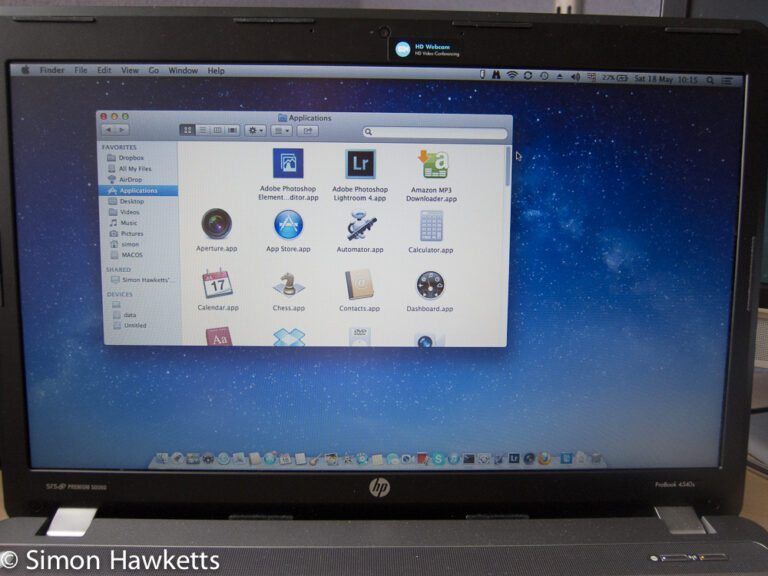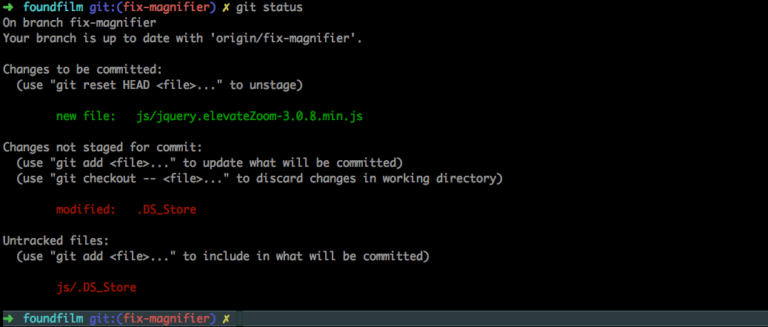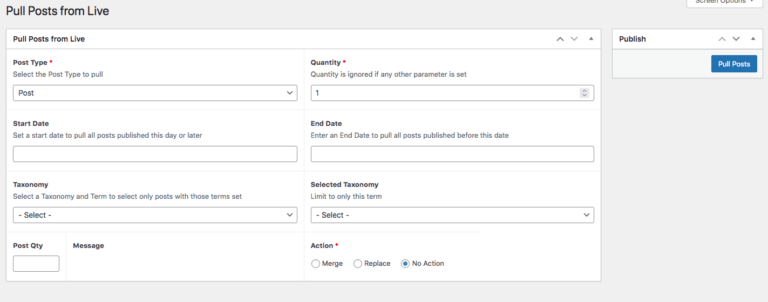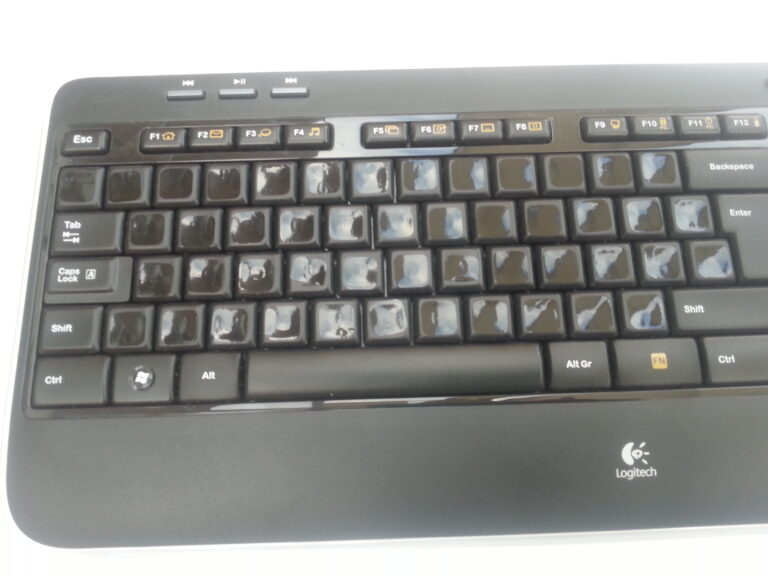Converting an old router using dd-wrt.
My Son is 12 years old and like most boys his age is heavily into Internet use for all sorts of pastimes ranging from games, videos & music. He has the usual range of technology at his disposal – a mobile phone, laptop and tablet but he always complains that the internet coverage in his room is poor and keeps dropping out. I’m not actually convinced that this is accurate, because we happen to have a pretty powerful asus RT-N66U router, but it is in the room furthest away from his bedroom, so it’s possible the signal isn’t getting through the brick wall and floor it would need to.
I realised a couple of days ago I have had a linksys WRT53G router lying around for the last few years since I replaced it with a DLink DIR-615 (which was the router before our current one) so I thought about creating a bridge with it to give him his own network. After a bit of research it seems I could actually create a bridged repeater using some open source router firmware called dd-wrt.
A bridged repeater is a client of our home Wi-Fi network which allows the lan ports on the back of the router to be used as cable network connections and also provides its own Wi-Fi network. Although this sounds like an ideal solution, the client is connected to the home network via the same Wi-Fi circuit as that which provides the new Wi-Fi, so the bandwidth would automatically be at most half the routers capacity. Since the router is only a G grade router (54Mb) I wondered if it would be enough. However, I like to have a play with software, so I gave it a try.
The router is several years old now so the first thing I did was find the latest released software from Linksys and carry out an upgrade. This was a really easy operation – I just needed to find the firmware on the Linksys site and use the upgrade firmware option on the page shown at 192.168.1.1 to flash the router. Once that had applied and the router rebooted I went over to the dd-wrt site and found the correct firmware to flash the Linksys to dd-wrt.
I found the dd-wrt site quite complex to work through – full of warnings about the wrong firmware would make the router unusable (which of course is true) etc but since my linksys was years old and was no use without the new firmware I tended to just gloss over the warnings and find the correct download. In fact the flashing process is a two step process – there is a firmware to take the router from the stock linksys system to an initial dd-wrt system and then another version for upgrade to the full dd-wrt.
For all the warnings, the upgrade process was quite straight forward. I used the factory-to-dd-wrt.bin initally to get the first dd-wrt software in place, did a full router re-set and then used the dd-wrt upload facility to upgrade using the dd-wrt.v24_std_generic.bin firmware to do the full upgrade. After this I configured the router into bridged repeater mode using the process described in the how to docs.
So there isn’t a lot of detail there on how I did this but the real reason to write the post is to report how successful it was. I honestly didn’t think it would be fast enough to work well but I managed to successfully stream BBC iPlayer HD using the new Wi-Fi without any lag and with good signal strength. I wouldn’t like to try adding lots of clients, but for the purpose I set it up it is quite successful. Considering the fact that old routers can be picked up dirt cheap, this is quite a useful second lease of life for them.
I need to look at the parental controls which we apply, but I believe that in bridged repeater mode the controls applied at the primary router still apply to the bridged mode as well and if not the dd-wrt controls are pretty sophisticated so can easily be set up to protect him.

